Quck answer
Owls are fascinating creatures that have captured the attention of many people around the world. Their unique appearance, silent flight, and incredible hunting skills make them a favorite subject for nature photographers. In this article, we showcase 13 owl pictures that are truly magnificent. From the majestic Great Horned Owl to the tiny Elf Owl, each of these images captures the beauty and wonder of these amazing birds. Whether you’re a bird lover or just appreciate stunning photography, these pictures are sure to impress.
Wild Animals

In Botswana’s Central Kalahari Game Reserve, a spotted eagle owl closes one eye. Fotofeeling/Westend61/Corbis
Owls belong to the order Strigiformes, which comprises over 200 species, mostly solitary and nocturnal birds of prey. We have compiled a breathtaking gallery of images showcasing the beauty and diversity of these incredible creatures.
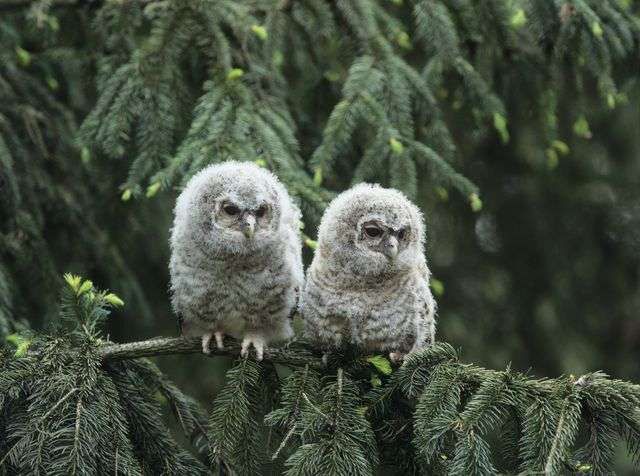
Two owlets perched on a branch.
moodboard/Corbis
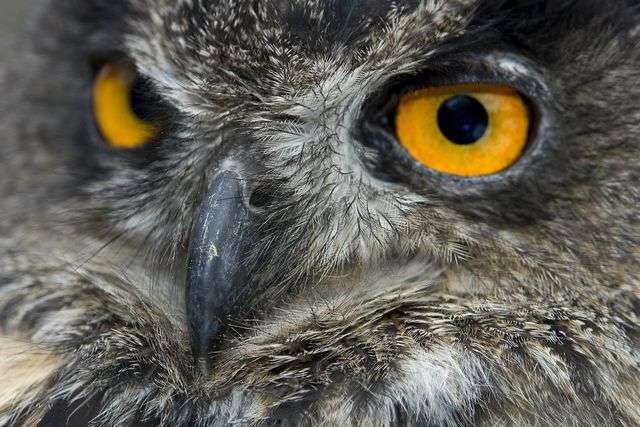
The scientific name of the Eurasian eagle-owl is Bubo bubo.
Michael Zuche/Corbis
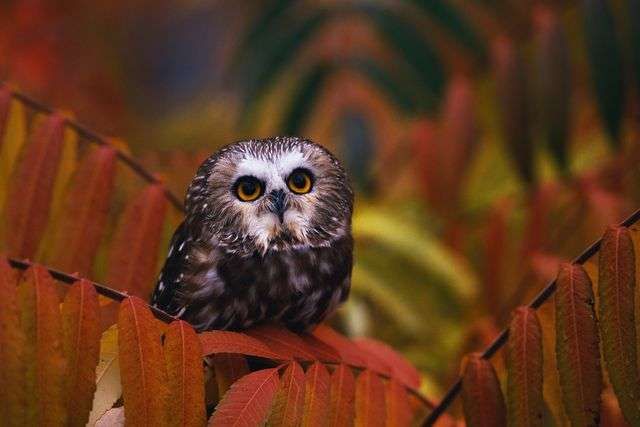
During mating season, male North American saw-whet owls make rhythmic tooting songs for hours on end.
John Conrad/CORBIS
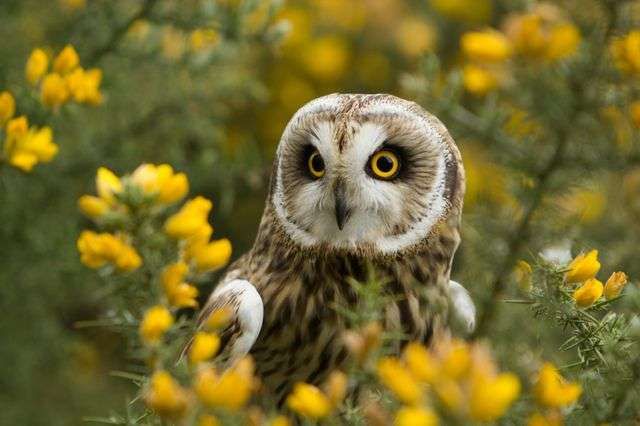
The scientific name of the short-eared owl is Asso flammeus, meaning “fiery.”
Claire Hogg/Getty Images
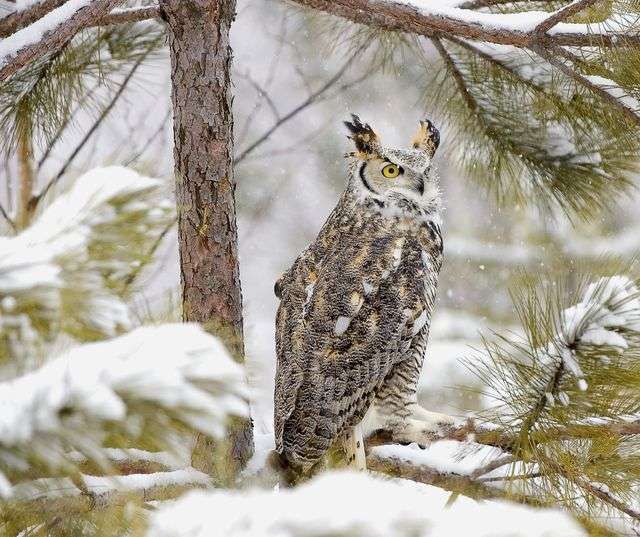
Great horned owls can’t rotate their heads completely around, but they can turn their necks about 270 degrees.
John Pitcher/Design Pics/Corbis
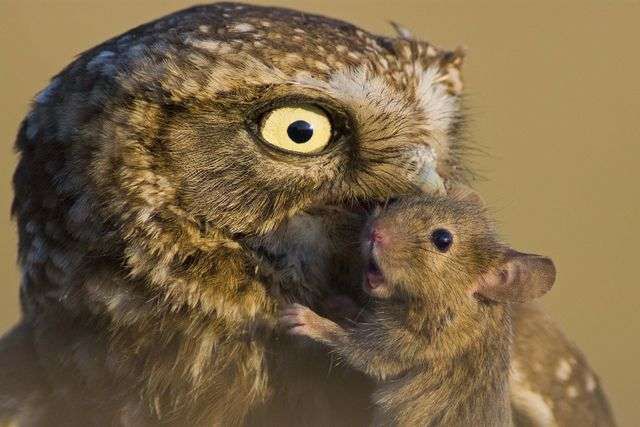
This little owl (Athene noctua) hunts and was photographed in Hungary with a fresh catch of mammalian prey.
Bence Mate/Visuals Unlimited/Corbis
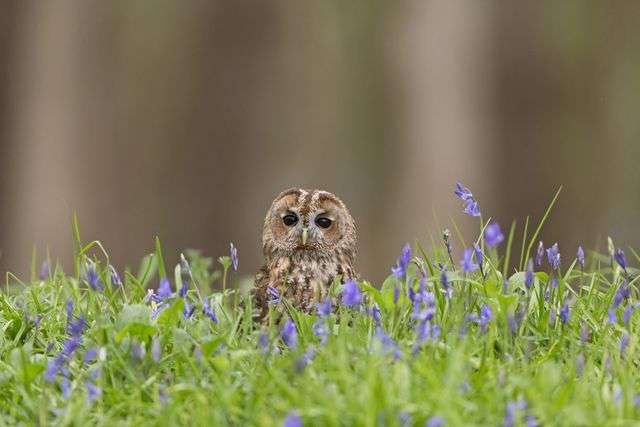
The tawny owl (Strix aluco) often chooses favorite branches from which to hunt, returning to the same spot multiple times.
Paul Sawer/Frank Lane Picture Library/Corbis
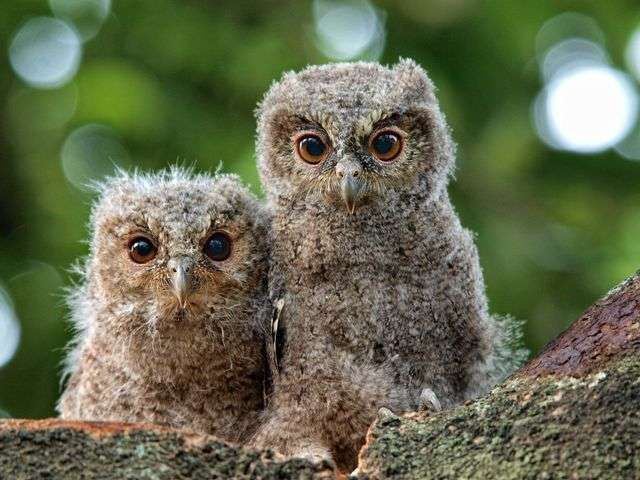
There are around 220 separately identified species of owls within the order Strigiformes.
Irawan Subingar/Getty Images

This great gray owl (Strix nebulosa) was photographed in Kuusamo, Finland.
George McCarthy/Corbis

Less than 10 percent of owls belong to the barn owl family Tytonidae, with the remainder, like this South African giant eagle owl photographed closing its eyes, categorized in the family Strigidae.
Peter Johnson/Corbis
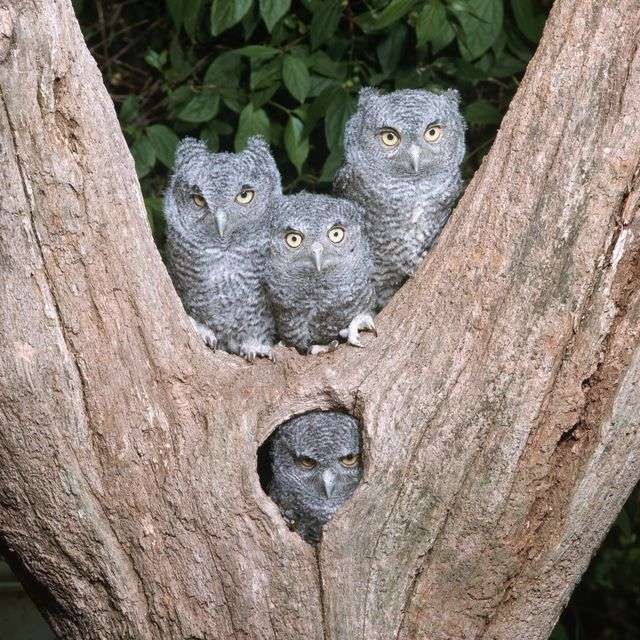
Screech owlets, like the four pictured here, are found in North America and usually hatch around late March to early April.
Ron Austing/FLPA/Corbis
Now That’s Interesting
The tube-shaped eyes of owls can’t rotate or swivel in their heads, so don’t call them eyeballs.
FAQ
1. What makes owl pictures so fascinating?
Owl pictures are fascinating because these birds have unique physical features, such as their large, captivating eyes and the soft feathers on their head that resemble ear tufts. Additionally, owls are known for their silent flight, their ability to rotate their heads almost 360 degrees, and their mysterious nocturnal habits. All of these characteristics make owls a popular subject for photography.
2. What are some types of owls featured in these pictures?
The 13 owl pictures that are showcased include a variety of species, such as the snowy owl, the great horned owl, the barn owl, the short-eared owl, the long-eared owl, and the screech owl. Each species has its unique features, including different color patterns and physical characteristics.
3. What is the best time of day to take owl pictures?
Owls are most active at night, so the best time to take owl pictures is during dawn or dusk when they are more likely to be out hunting. However, some species, such as the snowy owl, are diurnal and can be seen during the day. It’s important to note that owls are elusive birds, so capturing them on camera takes patience, skill, and a bit of luck.
4. What kind of equipment do you need to take owl pictures?
To take great owl pictures, you’ll need a good quality camera, preferably with a telephoto lens to capture the bird in detail from a distance. A tripod is also essential to keep the camera steady and minimize any camera shake. Additionally, you may want to use a flash or other lighting equipment if you’re taking pictures at night or in low light conditions.
5. What kind of habitat do owls live in?
Owls live in a variety of habitats, including forests, deserts, grasslands, and even urban areas. However, they require trees or other roosting sites for nesting and shelter. Some species prefer open habitats, while others thrive in dense vegetation or near water sources.
6. Are owls endangered?
Many owl species are considered threatened or endangered due to habitat loss, hunting, and other human activities. For example, the burrowing owl is listed as endangered in some areas due to habitat destruction and disturbance. It’s important to protect owl habitats and educate people about the importance of these birds in the ecosystem.
7. What is the diet of owls?
Owls are carnivorous and primarily feed on small mammals, such as rodents, rabbits, and squirrels. Some species also eat birds, fish, and insects. Owls are known for their sharp talons and beaks, which they use to catch and kill their prey with precision.
8. How do owls communicate?
Owls communicate through a variety of vocalizations, including hoots, screeches, and whistles. Each species has its unique call, which they use to attract mates, warn off predators, and communicate with other owls in their territory.
9. Why do owls have such large eyes?
Owls have large eyes to help them see in low light conditions. Their eyes are also positioned in a way that gives them excellent depth perception and allows them to focus on prey from a distance. Additionally, the shape of their eyes helps them to gather more light, which enhances their night vision.
10. How do owls hunt?
Owls are skilled hunters and use a variety of techniques to catch their prey. Some species, such as the great horned owl, swoop down from above to capture their prey with their sharp talons. Others, such as the barn owl, use their keen sense of hearing to locate prey in the dark and then swoop down to catch it.
11. What is unique about owl feathers?
Owl feathers are unique because they have a soft fringe on the edge that helps to reduce noise during flight. This allows owls to fly silently and hunt without alerting their prey. Additionally, the feathers on their head and face form a disk-like shape that helps to focus sound waves and enhance their hearing.
12. How can you help protect owls?
One way to help protect owls is to support organizations that work to conserve their habitats and raise awareness about their importance in the ecosystem. You can also take steps to reduce your impact on the environment, such as reducing your use of pesticides and supporting sustainable agriculture practices. Additionally, you can avoid disturbing owl nests or roosting sites and report any instances of illegal hunting or poaching.





Leave a Reply